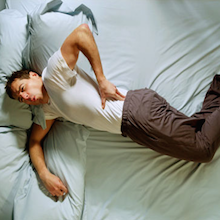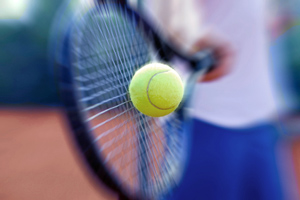During the pandemic, school-aged athletes have been unable to participate in team sports, and coaches have been instructed to not hold practice. This has left these athletes and their parents on their own to maintain the youth’s physical conditioning and skill proficiency in their individual sport. Not all of these athletes and their families have the knowledge, time, space, or equipment to maintain this conditioning and proficiency work at home. What effect will this have on these athletes’ physical health when restrictions are lifted and team sports practice and competition return?
Overuse injuries and risk of complications from injury during aggressive play are of great concern in an athlete who is not properly conditioned. If athletes do not maintain sports level conditioning and proficiency levels, they run the risk of these injuries when they return to intense practice and game level play too quickly. These injuries can then incur more time away from play to recover and heal. Two events need to happen to avoid these injuries. One is that parents and athletes need to continue to condition and work on proficiency at home. The other is that coaches need to be cautious with the return to play and not work too aggressively with the athletes until they can be properly reconditioned for the sport.
Maintaining sports conditioning and proficiency does not sound easy, especially if you are living in an area with limited space and with school requirements and parents still working. Even with these obstacles, there are ways you can meet the athletes’ performance needs. Overall, a minimum of 60 minutes of activity a day is ideal for overall health and physical well- being. For athletes a minimum of 30 minutes of this time 4-5 times a week should be devoted to sports training and conditioning focused on athletic performance. The elements of athletic performance that need focus can be broken into strength, endurance, speed, agility, power, and skill proficiency. Although it is recommended to address each component of athletic performance, there are several workout formats that allow more than one of these components to be addressed at a time. In following this introduction, I have set up a series of blogs and videos to provide examples of ways to address these athletic performance components. These upcoming blogs will provide information on ways to address each athletic performance component, focusing on combining components when appropriate.
Overall, mental and physical health is improved when young athletes maintain a continued focus on physical activity. In addition, with the correctly tailored program, these athletes are set up to prevent overuse injuries and are at less risk for complications from game-related traumatic injuries. In the next few blogs, information and videos demonstrating athletic performance training ideas, while working in a confined space, will be provided. This is a great time to focus on the technique of training and body alignment to develop performance patterns that reduce risk to future injury. With the combined efforts of maintaining athletic performance capacity, focusing on proper movement patterns, and being mindful of the intensity at which to return to sports training, athletes should be able to return to sport with minimal risk of injury.



